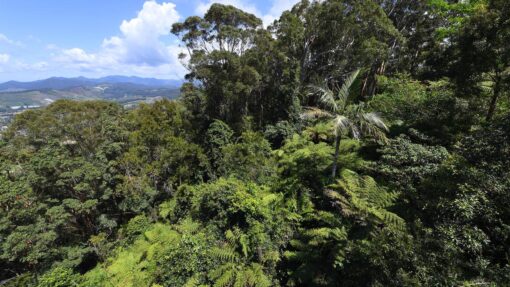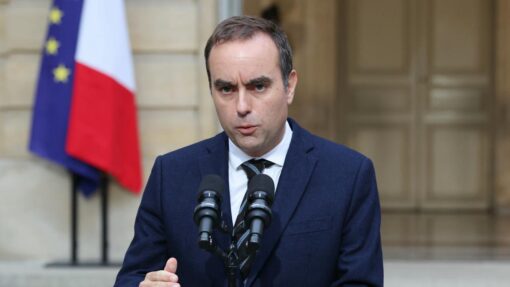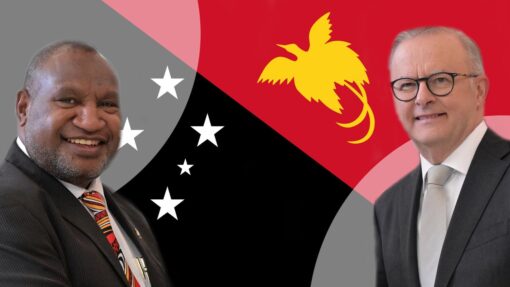Summit deal sparks Indigenous land call
Andrew Brown |

Advocates want Indigenous land management to be prioritised following a historic agreement to protect the environment.
The global agreement adopted at the UN’s COP15 conference in Montreal has backed in a target to protect 30 per cent of the world’s land and seas by 2030.
So far, just 17 per cent of land and 10 per cent of marine areas are protected.
The agreement has also enshrined a goal of halting and reversing biodiversity loss by the end of the decade, but there has been criticism the final deal does not contain a commitment to end extinctions.
Following the agreement, Indigenous ranger organisation Country Needs People said Indigenous land management needed to be at the centre of conservation efforts.
Director Rarrtjiwuy Melanie Herdman, who attended the global summit, said further efforts were needed to prioritise land management due to Indigenous people protecting 80 per cent of the world’s biodiversity.
“In Australia it’s crucial that Indigenous rangers and Indigenous protected areas get the support they need from government, supporting infrastructure, capacity and sustainability, to look after sea and land country long into the future,” she said.
“It was inspiring to be at COP 15 and see firsthand the global push for Indigenous land and sea management across the world.”
Country Needs People chief executive Patrick O’Leary said Indigenous land management was critical for biodiversity efforts.
“If we’re fair dinkum about protecting biodiversity and ensuring Indigenous land and sea managers are front and centre, we need to ensure that traditional owners are fully supported to continue the challenging work they do caring for country in a changing climate,” he said.
“It’s key that the federal government stays firm on its major commitments to increase resources for Indigenous ranger and Indigenous protected areas by rebuilding the capacity of the federal environment department.”
The COP agreement directed countries to allocate $US200 billion ($A298 billion) per year for biodiversity initiatives from both public and private sectors.
AAP


